As i mentioned in my comment, it just adds an transparent border around the components its added to, sometimes the effect can be hard to see, depending on the layout manager you use, so ill include some pictures of it in use on a flow layout (very easy to see the effect on a flow layout):
here is the flow layout with no added border:

and here is the flow layout with the left and right of the border set to 100 and 300 respectively, and the border is applied to the first label.

and finally here is some code for you to test out how things change:
import java.awt.FlowLayout;
import javax.swing.JFrame;
import javax.swing.JLabel;
import javax.swing.JPanel;
import javax.swing.border.EmptyBorder;
public class EmptyBorderShowCase extends JFrame{
private static final long serialVersionUID = 1L;
public EmptyBorderShowCase(){
JPanel displayPanel = new JPanel(new FlowLayout());
final int BOTTOM = 0;
final int LEFT = 100;
final int RIGHT = 300;
final int TOP = 0;
EmptyBorder border1 = new EmptyBorder(TOP, LEFT, BOTTOM,RIGHT );
JLabel firstLabel = new JLabel("FIRST");
firstLabel.setBorder(border1);
JLabel secondLabel = new JLabel("SECOND");
displayPanel.add(firstLabel);
displayPanel.add(secondLabel);
setContentPane(displayPanel);
pack();
setDefaultCloseOperation(EXIT_ON_CLOSE);
setVisible(true);
}
public static void main(String[]args){
new EmptyBorderShowCase();
}
}

